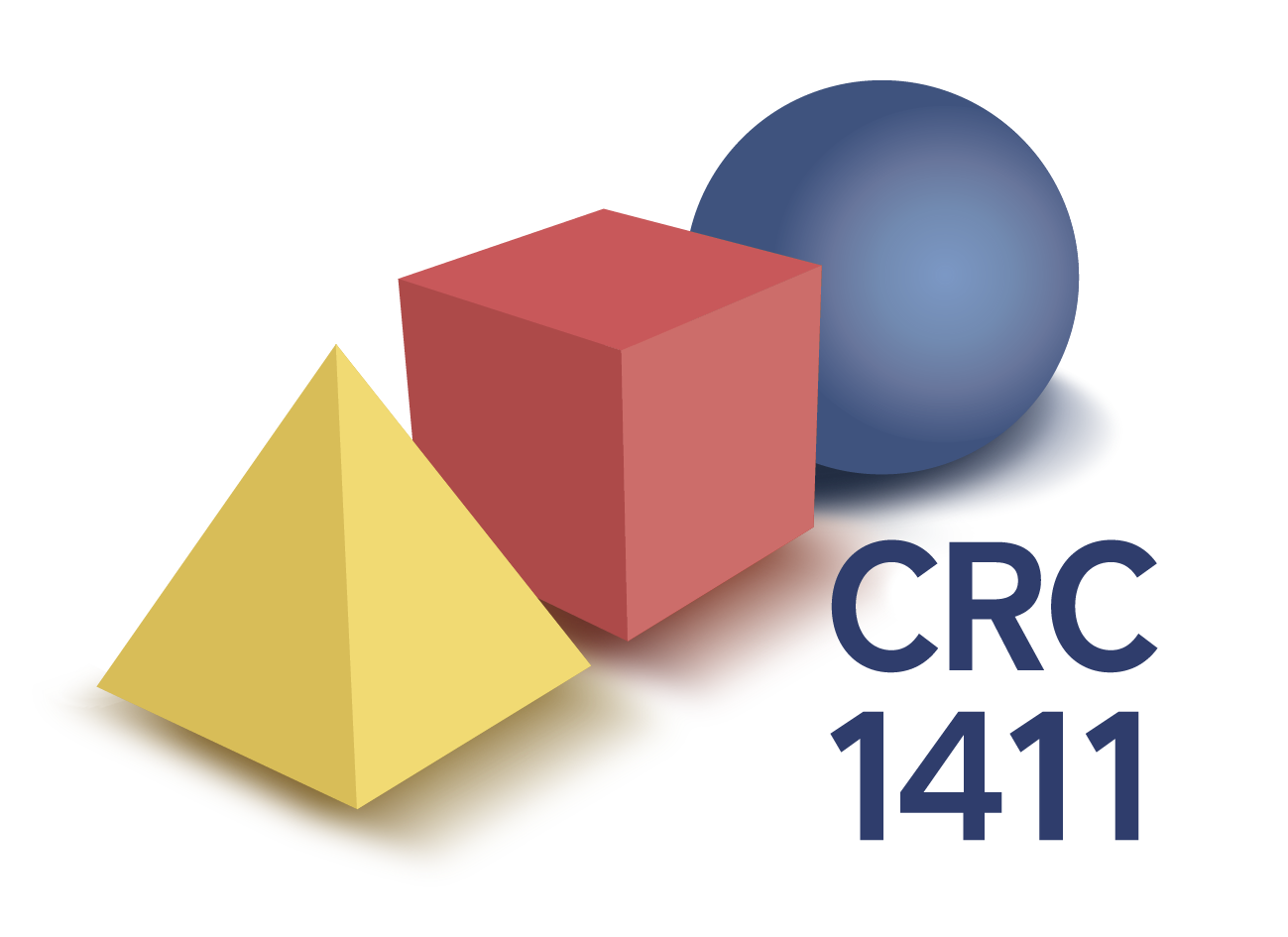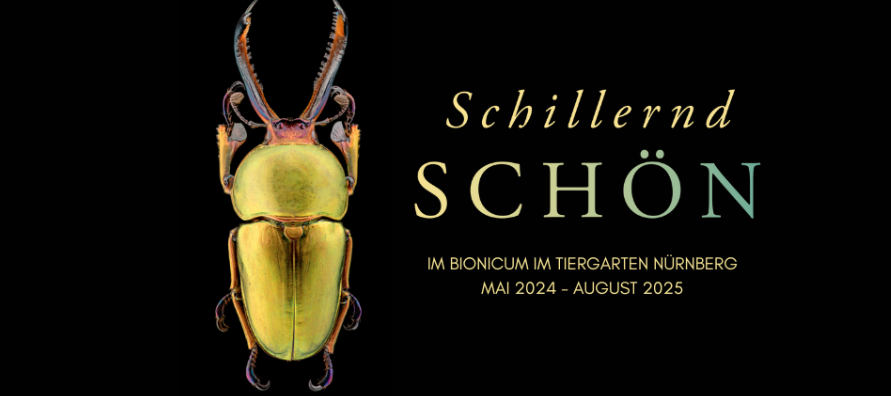For Kids and Parents
Watch the first video of our series!
Watch the first episode of the video serie of our newly established outreach project, in which we explain the origin of structural color. More videos will be coming soon!
Recommended events and activities
Schillernd Schön
We developed an exhibit on structural color in animals in collaboration with the Bionicum in Nuremberg. Pay it a visit to learn more about how nature makes its wonderful colors! Admission is free with a Tiergarten ticket.
On October 3rd we want to meet with the mouse fans in panOPTICUM. Max Gmelch (physicist) explains to the visitors how colors actually work. To do this, he shows pigments, mixes colors in the paint box and with light, and explains how the sun destroys the bonds in the color molecules, so that in the end everything fades. To illustrate this, he shows the children faded toys and a once red T-shirt.
Nicolas Vogel (chemist) then shows the visitors a butterfly, peacock feathers, and beetles in shimmering colors. He explains how these structural colors work and that they never fade. That he and a few colleagues wanted to recreate this color. But that it was far too complicated. Such difficult research with nanoparticles requires a whole team. It requires mathematicians, chemists, physicists, material scientists, engineers, and so on… That’s why they teamed up with all these experts. And now it’s working! To prove it, he shows the children how they can recreate structural color as a team. Even on chocolate. All children are allowed to take a piece of chocolate that is covered with a thin layer of shimmering colors. Edible structural colors.
Afterwards there is still enough time to look at the Science Center, where the children can experiment themselves.
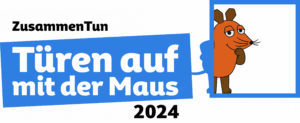
KinderUni Nuremberg: Was haben ein Mathematiker und ein Ingenieur gemeinsam?
In this presentation, our scientists explain how working together allows them to make informed decision when producing nanoparticles. Together they are able to discover the secrets behind nanoparticle colors and develop right in front of you the perfect color!
This event will take place in the summer semester.
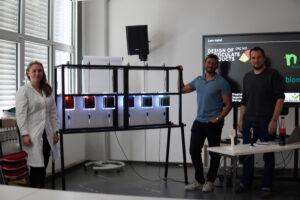
Lange Nacht der Wissenschaften
During the long night of science, our scientists will explain where color comes from and how we can take inspiration from nature to make it in the lab with an info stand and a presentation.
We take you for a tour of our microscope facilities to show you all the tools and tricks we use to see very tiny things.
We also show you how we can use light to study complex systems like whiskey, and play with math combinatorics and optimization puzzles.
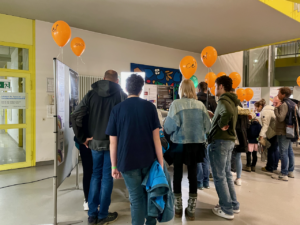
The next event will take place in October 2025.
